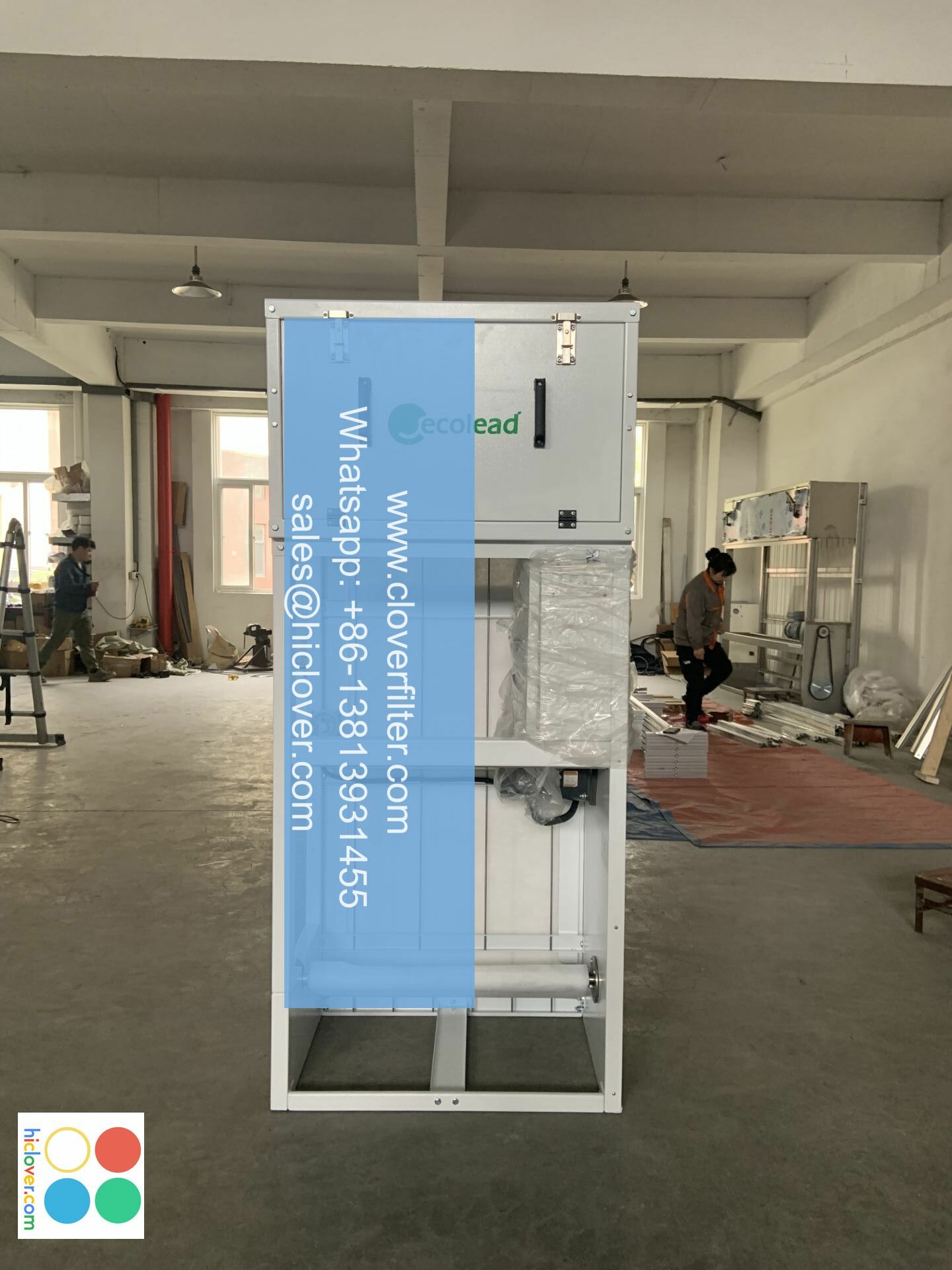Air Filter Logistics: A Guide to Installing Air Filters in Residential Buildings

Installing air filters in residential buildings is a crucial aspect of maintaining Indoor Air Quality (IAQ) and ensuring the health and well-being of occupants. In this article, we will delve into the world of Air Filter Logistics, exploring the various types of air filters, their applications, and the best practices for installation in residential settings.
Understanding Air Filter Types and Applications
There are several types of air filters available, each with its unique characteristics and application areas. Some of the most common types of air filters include:
* HEPA (High Efficiency Particulate Air) filters: These filters are designed to capture 99.97% of particles as small as 0.3 microns, making them ideal for residential buildings with occupants who suffer from allergies and respiratory issues.
* Activated Carbon filters: These filters are designed to capture odors and gases, making them perfect for residential buildings with kitchens and bathrooms.
* UV-C filters: These filters use ultraviolet light to kill bacteria and viruses, making them ideal for residential buildings with high occupancy rates.
Air Filter Installation Best Practices
When it comes to installing air filters in residential buildings, there are several best practices to keep in mind. These include:
* Regular maintenance: Air filters should be replaced regularly to ensure optimal performance and IAQ.
* Proper sizing: Air filters should be sized correctly to fit the specific HVAC system and residential building.
* Correct installation: Air filters should be installed correctly to ensure proper airflow and filter performance.
Application Areas for Air Filters in Residential Buildings
Air filters can be applied in various areas of residential buildings, including:
* Bedrooms: Installing air filters in bedrooms can help improve sleep quality and reduce allergy symptoms.
* Kitchens: Installing air filters in kitchens can help reduce cooking odors and gases.
* Bathrooms: Installing air filters in bathrooms can help reduce moisture and mold growth.
* Living rooms: Installing air filters in living rooms can help improve IAQ and reduce allergy symptoms.
Benefits of Air Filter Installation in Residential Buildings
Installing air filters in residential buildings can have numerous benefits, including:
* Improved IAQ: Air filters can help remove pollutants and allergens from the air, improving overall IAQ.
* Reduced allergy symptoms: Air filters can help remove allergens from the air, reducing allergy symptoms and improving overall health.
* Increased energy efficiency: Air filters can help improve HVAC system performance, reducing energy consumption and costs.
In conclusion, installing air filters in residential buildings is a crucial aspect of maintaining IAQ and ensuring the health and well-being of occupants. By understanding the various types of air filters, their applications, and the best practices for installation, residential building owners and managers can improve IAQ, reduce allergy symptoms, and increase energy efficiency. Whether you’re looking to improve sleep quality, reduce cooking odors and gases, or improve overall IAQ, air filters are an essential component of any residential building’s Air Filter Logistics system. It looks like you’re ready to start a conversation, but you haven’t given me a specific prompt to work with. No worries! I can suggest some ideas to get us started. Would you like to:
1. Discuss a particular topic, such as science, history, or entertainment?
2. Play a game, like “Would you rather…” or “Two truths and a lie”?
3. Explore a creative idea, like writing a short story or generating a character?
4. Ask me a question on any subject, and I’ll do my best to provide a helpful answer?
Let me know what’s on your mind, and I’ll do my best to assist you!

